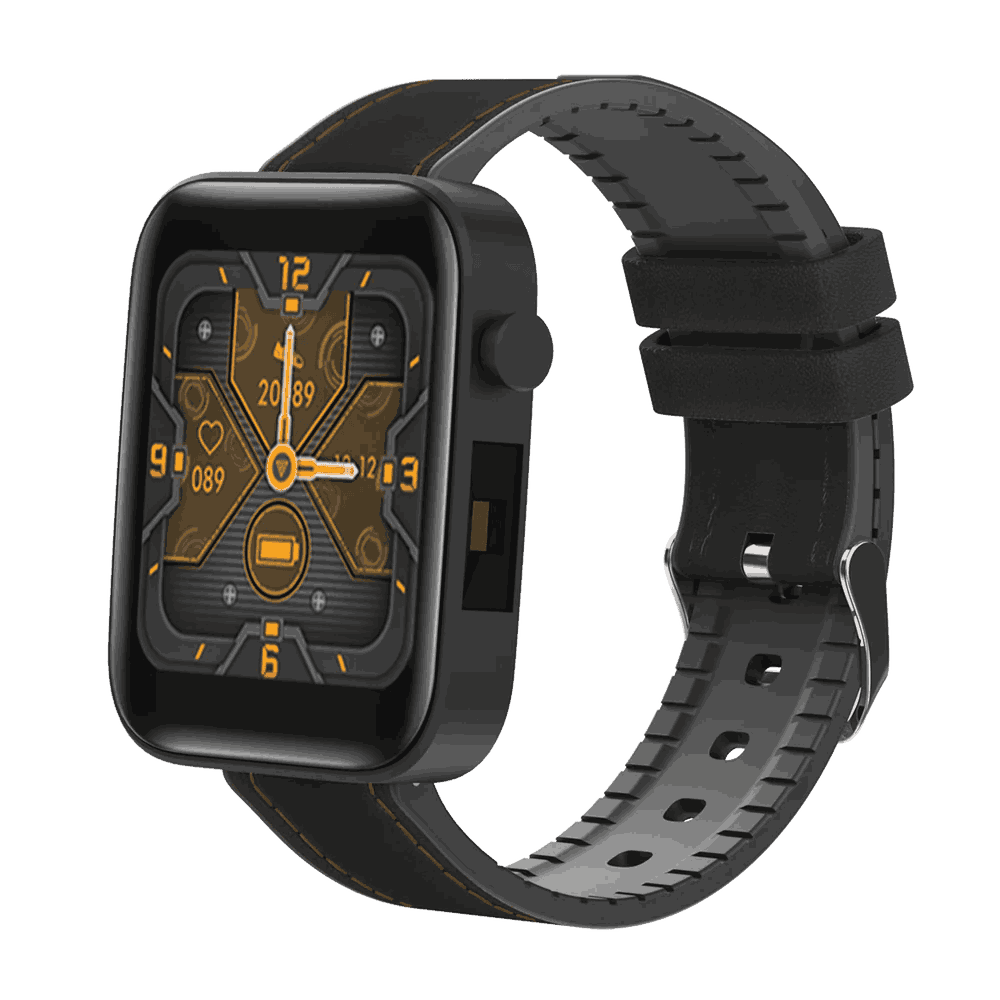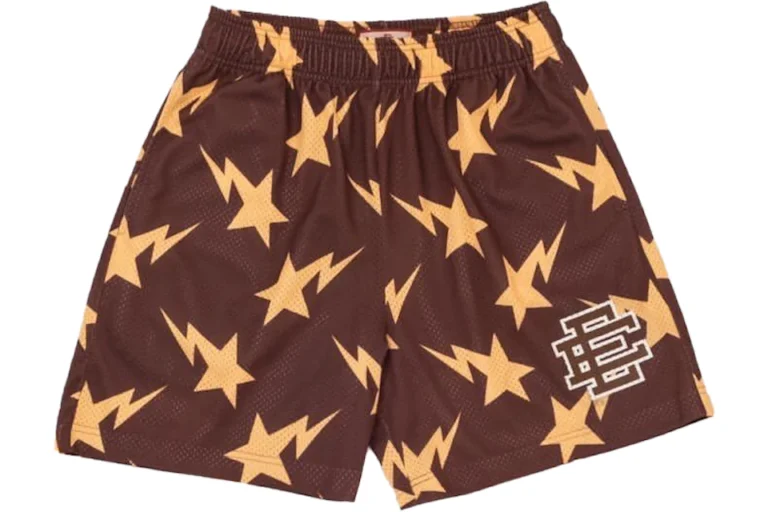The Complete Guide to Watch Bands: Exploring Styles,and Customization
In the world of horology, where precision and style intersect, the watch band plays a crucial role in defining the overall aesthetic and functionality of a timepiece. From classic leather straps to modern metal bracelets, the variety of watch bands available is vast and diverse, catering to different tastes, occasions, and lifestyles. In this comprehensive guide, we delve deep into the world of watch bands, exploring their history, materials, styles, and customization options to help you make an informed choice for your wristwear.
A Brief History of Watch Bands:
The evolution of watch bands parallels the evolution of timepieces themselves. Early watches were primarily carried in pockets or worn around the neck, with straps made of fabric or metal chains. However, as wristwatches gained popularity in the late 19th century, the demand for comfortable and practical bands grew. Leather emerged as a popular choice due to its durability and flexibility, while metal bracelets offered a more modern and sophisticated look. Over time, watch bands evolved to encompass a wide range of materials, styles, and designs, reflecting changing fashion trends and technological advancements in watchmaking.
Exploring Different Materials:
Watch bands come in a variety of materials, each with its own unique characteristics and appeal. Here are some of the most common materials used in watch bands:
1. Leather:
Leather watch bands exude timeless elegance and sophistication. They are available in various types of leather, including calf, alligator, and ostrich, each offering a distinct texture and appearance. Leather bands are prized for their comfort, durability, and ability to develop a rich patina over time, adding character to the watch.
2. Metal:
Metal watch bands, typically made of stainless steel, offer a sleek and modern aesthetic. They are highly durable, resistant to wear and tear, and can be polished to maintain their shine. Metal bracelets often feature intricate designs such as links or mesh patterns, adding to their visual appeal.
3. Rubber and Silicone:
Rubber and silicone watch bands are popular choices for sports and casual watches. They are lightweight, flexible, and resistant to water and sweat, making them ideal for active lifestyles. Rubber straps come in a variety of colors and designs, allowing for customization and personalization.
4. Nylon and Fabric:
Nylon and fabric watch bands, often referred to as NATO straps, are known for their durability and versatility. They are lightweight, breathable, and come in a wide range of colors and patterns, making them perfect for casual and outdoor wear.
Styles and Designs:
Watch bands are available in a multitude of styles and designs, allowing wearers to express their personality and preferences. Some popular styles include:
1. Classic Leather Straps:
Timeless and elegant, classic leather straps are suitable for both formal and casual occasions. They come in various colors and finishes, from smooth to textured, allowing for versatility and customization.
2. Metal Bracelets:
Sleek and sophisticated, metal bracelets offer a modern and luxurious look. They are available in different finishes, including polished, brushed, and matte, catering to different tastes and preferences.
3. Sports and Dive Straps:
Designed for durability and functionality, sports and dive straps are made of rubber or silicone and feature rugged designs that can withstand harsh environments. They often include features such as extra padding, ventilation holes, and integrated extensions for use over wetsuits.
4. Mesh Bands:
Mesh bands, also known as Milanese straps, are characterized by their fine mesh pattern and adjustable clasp. They offer a comfortable fit and a stylish alternative to traditional metal bracelets.
Customization Options:
One of the greatest advantages of watch bands is their ability to be customized and personalized according to individual preferences. Some common customization options include:
1. Strap Width and Length:
Watch bands come in various widths and lengths to accommodate different watch sizes and wrist sizes. Custom-sized straps can also be made to ensure a perfect fit.
2. Buckle or Clasp Type:
Watch bands can feature different types of buckles or clasps, such as tang buckles, deployment clasps, or fold-over clasps, each offering different levels of security and ease of use.
3. Quick Release Spring Bars:
Many modern watch bands come with quick release spring bars, allowing for easy removal and replacement without the need for tools. This enables wearers to switch between different straps to suit their outfit or mood.
4. Engraving and Embossing:
Leather watch bands can be personalized with engravings, embossings, or custom stitching, adding a unique touch to the strap and making it truly one-of-a-kind.
Conclusion:
The leather watch band is more than just a functional accessory; it is a reflection of personal style, taste, and lifestyle. With a multitude of materials, styles, and customization options available, choosing the right watch band can enhance the overall look and feel of a timepiece, elevating it from a mere instrument of timekeeping to a statement of individuality and sophistication. Whether you prefer the classic elegance of a leather strap, the modern allure of a metal bracelet, or the sporty versatility of a rubber band, there’s a watch band out there to suit every wrist and every occasion. So, explore your options, experiment with different styles, and find the perfect watch band to complement your wrist wear ensemble.







